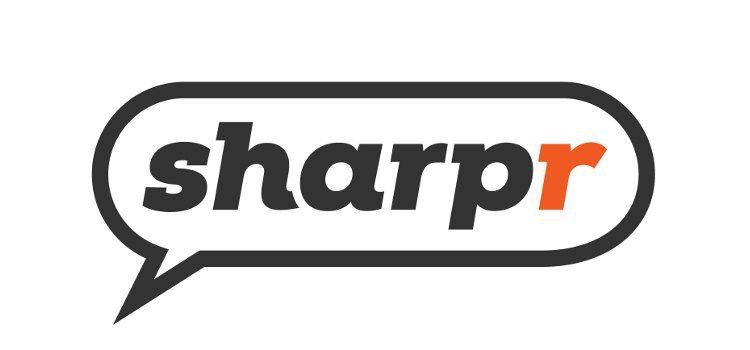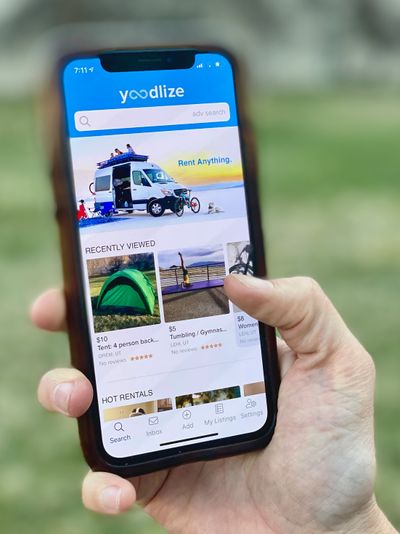We think we can really change the way knowledge and information is shared.
If there’s one thing I learned from my interview with Chuck Sharp, CEO of Sharpr (formerly Right Intel), it’s just how little I understand about the world of advertising. Maybe I’m the only one. But just in case, here’s a quick overview of the content gathering process as explained by Sharp, and paraphrased by me: Employees within advertising agencies and business-to-consumer brands are constantly gathering content. They’re trying to identify trends and cultural intelligence to gain insight into customer behavior. The content and intelligence gathered needs to be delivered to clients and stakeholders, and keeping it organized can be a real hassle. “People have a lot of content but they don’t know where to put it,” Sharp says, and explains that most companies are frustrated with sharepoint or intranet sites. Those companies need Sharpr.
Sharpr enables its clients to create knowledge hubs for a team, client, or for the company. Branding, tags and categories for each hub can be customized and users can easily add documents, videos, analytics, social content and anything from the web. Clients use the suite of Sharpr tools to easily add in content, collaborate with colleagues and share with people inside and outside of the organization. “Think of it as a private Pinterest for business,” Sharp says. So, if I’m perusing the internet and stumble on something I think might be relevant to a client, I can “sharp it.” Doing so creates a post in my knowledge hub where my team can see and analyze it. “Our large B-to-C brand clients are looking for a better way to find and share documents, and competitive, industry, and trend information. The knowledge platform makes that possible,” Sharp says.
Sharp started the company four-and-a-half years ago after selling his previous company, Sharp Analytics, to Hearst Corporation. He saw an opportunity for offering brands and big businesses a better way to gather and share information. Sharpr, or Right Intel as it was called at the time, went from an idea to a proof of concept in six months and three months later the company had its first paying customer. “It’s like a four-and-a-half year overnight success story,” Sharp says. Sharpr’s client base has grown through word of mouth as more companies embrace the knowledge and content hubs the Sharpr platform provides.
“We think we can really change the way knowledge and information is shared,” Sharp says, and, judging by the company’s ever-expanding list of clients, I’d say people in the world of advertising and B-to-C tend to agree. Sharpr works with over 40,000 users and 80 brands including Pepsi, Viacom, United Healthcare and Gap. Sharpr is profitable, which gives Sharp and his team a lot of flexibility for growth and innovation, including a push to add new features to their product and increase revenue growth.
Published 3/17/2016








